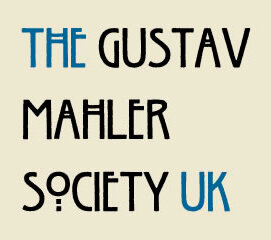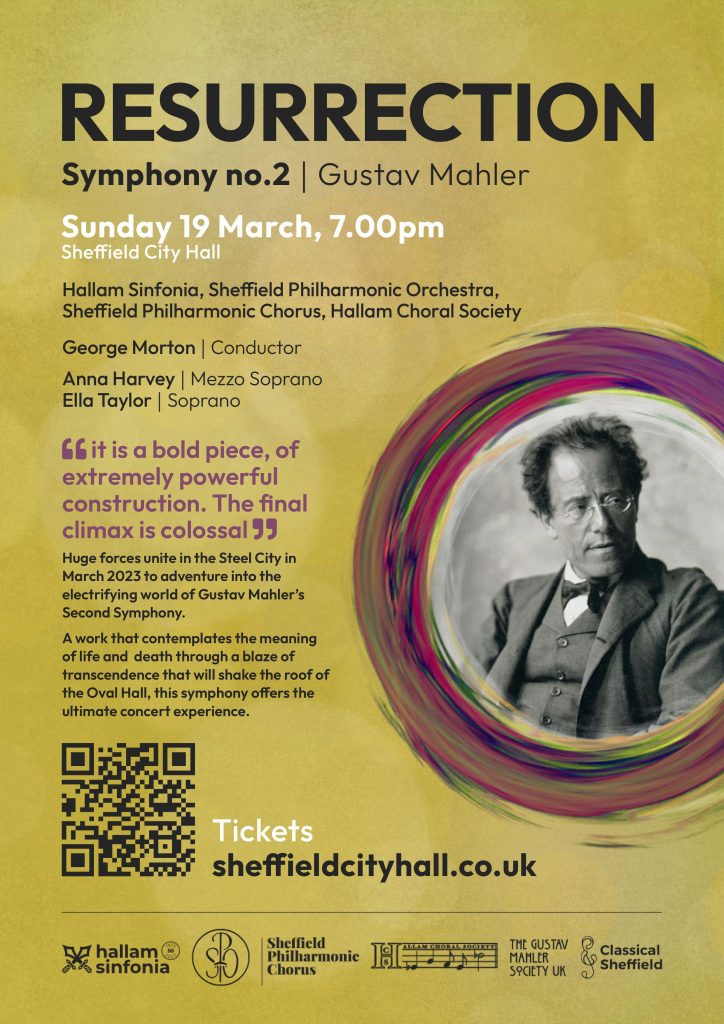Gustav Mahler: Symphony No.2 (Movement III)
n
n
Movement III
n
Also composed in the summer of 1893, the third movement was originally labelled as the second movement, as it bears many similarities to Todtenfeier. This movement is the first of the symphony to take musical and literary inspiration from Mahler’s Des Knaben Wunderhorn collection. For the Scherzo, Mahler uses the song ‘Des Antonius von Padua Fischpredigt’ from ‘The Humoresken’ collection of songs. Similarly to the funeral march based on the nursery rhyme Bruder Martin, the satire Mahler instils in this movement is of a similar style.
n
Although changed over three times, the message of this movement presents a cruel nightmare that leads for the person in question (likely the well-loved person) to cry of disgust at the end. This movement attempts to answer Mahler’s questions: Does this life and this death have meaning? And Is this all a vast terrifying joke? The original programme note for this movement said:
n
n
“The spirit of unbelief, of presumption, has taken possession of him, he beholds the tumult of appearance and together with the child’s pure understanding he loses the firm footing that love alone affords; he despairs of himself and of God. The world and life become for him a disorderly apparition; disgust for all being and becoming lays hold of him with an iron grip and drives him to cry out in desperation.”
n
n
Mahler pushes on from the idyllic second movement and presents how the world actually is for the person who is consistently referred to in the programme. This bittersweet movement was described in much more depth in one of Mahler’s diary entries:
n
n
“In the Fischpredigt… the prevailing mood is one of rather bittersweet humour. St. Anthony preaches to the fishes; his words are immediately translated into their thoroughly tipsy-sounding language (the clarinet), and they all come swimming up to him – a glittering shoal of them: eels and carp, and the pike with their pointed heads. I swear, while I was composing, I really kept imagining that I saw them sticking their stiff immovable necks out from the water, and gazing up at St. Anthony with their stupid faces – I had to laugh out loud! And look at the congregation swimming away as soon as the sermon’s over: “Die Predigt hat g’fallen/ Sie beiben wie alle (‘They liked the sermon/ But remained unchanged’). Not one of them is one iota wiser for it, even though the Saint has performed it for them! But only a few people will understand my satire on mankind.”
n
n
The precision in Mahler’s pictorial imagery within the above description supports the idea that he was recreating a scene painted just a year earlier by Swiss painter, Arnold Böcklin (1827-1901). It is known that Mahler was a supporter of Böcklin’s work, and he hung his painting Der Heilige Antonius Predigt den Fischen in his Hamburg studio (See Example 1). The image shows the fish that Mahler mentions in the poem, and therefore shows Mahler’s two main sources of inspiration for the basis of the Scherzo movement.
n

n
Example I: Arnold Böcklin’s Der Heilige Antonius Predigt den Fischen
n
n
The programme that Mahler wrote for this movement is very interesting, and has been the centre of a number of opinions from audiences, critics and scholars alike. Within the programme Mahler describes a person looking into a dance scene from the outside:
n
n
“The experience behind the Scherzo I can only describe in terms of the following image: if, at a distance, you watch a dance through a window, without being able to hear the music, then the turning and the twisting movement of the couples seems senseless, because you are not catching the rhythm that is the key to it all. You must imagine that to one who has lost his identity and his happiness, the world looks like this – distorted and crazy as if in a concave mirror. The Scherzo ends with the appalling shriek of this tortured soul.”
n
n
Another link is built here with the First Symphony, where we see our hero watching his own funeral. In the Second, however, he is now observing a celebration of sorts, but either way they are totally ostracised from the world.
n
The Scherzo begins with explosive timpani hits that are soon developed into a jumping rhythm that is based around the interval of a fourth. This reliance on the fourth links all three movements thus far, something that Mahler liked to do in a number of his symphonies. Above this rhythmic foundation, there are staggered entries from the lower woodwind that all have varying rhythms, which emphasises the off-beats. When the strings enter they begin the perpetuum mobile theme which is soon passed around the ensemble.
n
Mahler’s use of both fugal and perpetual motion writing, there is the potential to create different voices within the music, and it is here we see a split in the conscious and subconscious personalities of the programme. In typical Mahlerian style, there is a subject (the programme) and a counter-subject (trying to get away from the programme), and this is emphasised throughout this movement.
n
n
The main emotions explored in the Third Movement are:
n
n
- n
- The Humorous
- The Sinister
- The Solemn
n
n
n
n
n
The humorous and sinister emotions are the most prevalent, with them unravelling Mahler’s question: Is this all just a terrifying joke? The bittersweet humour that Mahler uses throughout is sinister in nature, which keeps the listener on edge throughout. The solemn emotion is heard in small doses throughout, one of which directly points to the final movement.
n
Mahler relies heavily on the woodwind in this movement, in particular the clarinets and in particular the shrill Eb clarinets. Their counter-sound to the woodier voice-like tones of the other sections creates an uncomfortable clash at times, which feeds into the dark humour that Mahler finds so amusing.
n
The Scherzo comes to a powerful climax as the orchestra soon become turbulent, which results in a dissonant outcry. This chord emphasises the feelings of desperation and disgust for this tortured soul. There is more connections with the thematic material and moods used to portray the programme, and these foreshadow the music in the Finale. All movements to this point have ended quietly and the Scherzo concludes with very few instruments playing, with a soft strike of the tam-tam creating a menacing atmosphere at the end of this turbulent movement.
n
Ⓒ Alex Burns 2023
n
n
I gratefully acknowledge the financial support provided by the Gustav Mahler Society UK for this Mahler 2 blog series.
n
To learn more about the fascinating life and music of Gustav Mahler and to enjoy study days, social events and recitals which are held throughout the year, enquire about membership at: info@mahlersociety.org or visit the Gustav Mahler Society UK website.
n

n
n
You can experience this epic symphony for yourself this March in Sheffield when over 300 local musicians unite to perform this incredible work.
n
n

n
n
The post Gustav Mahler ‘Symphony No.2’: Movement III appeared first on Classicalexburns.
n
